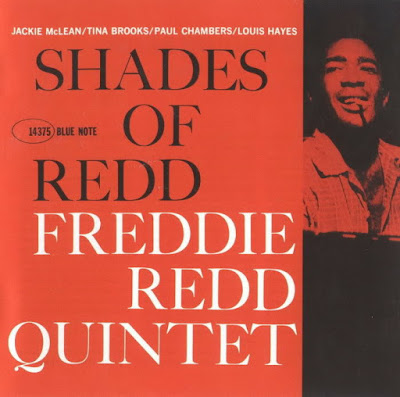The centenary of jazz is being celebrated in a place you would least expect: Iran.
A mini retrospective of jazz films, currently playing at the Cinematheque of The Museum of Contemporary Art in Tehran, is the first time ever in post-revolutionary Iran.
The Museum famous for its priceless collection of modernist art (including works by Picasso, Van Gogh, Gauguin, Kandinsky, Pollack and many more) and also recently in the news due to cancellation of a major exhibition in Berlin, hosts a cozy, popular cinema inside its stylishly beautiful building. The cinematheque, shut down for 7 years, was reopened recently, with an array of nicely curated seasons.







